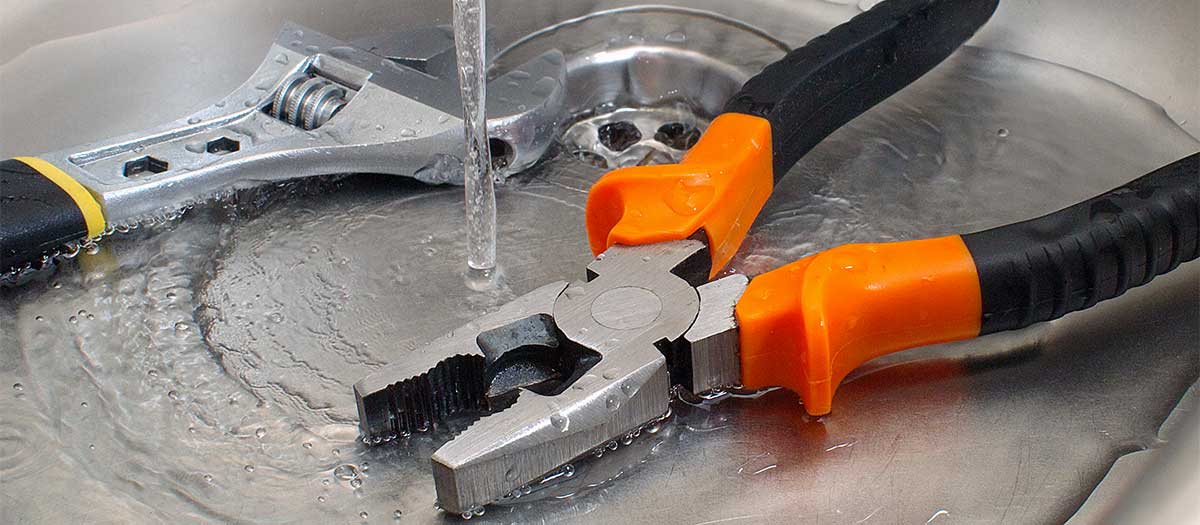In this article down the page you can find a lot of superb resources with regards to Detecting hidden plumbing leaks.

The moment you find a leak, calling your plumber for repairs is the best solution. However, some tiny water leakages might not show up. Below are some hacks that help if you can not identify it with your nude eyes.
Early detection of dripping water lines can alleviate a prospective disaster. In addition to saving you cash, it will certainly lessen the worry and also disappointment.
Check Water Usage
Analyze your water bills and also track your water usage. As the one paying it, you ought to notice if there are any kind of discrepancies. If you detect sudden changes, despite your intake being the same, it means that you have leakages in your plumbing system. Bear in mind, your water expense should fall under the very same range on a monthly basis. An abrupt spike in your expense indicates a fast-moving leakage.
A constant boost every month, even with the same behaviors, reveals you have a sluggish leak that's additionally gradually intensifying. Call a plumber to thoroughly examine your property, specifically if you feel a warm location on your flooring with piping underneath.
Evaluate as well as Assess the Circumstance
Homeowners must make it a practice to inspect under the sink counters and even inside closets for any bad odor or mold and mildew growth. These two warnings indicate a leak so timely focus is required. Doing routine assessments, also bi-annually, can save you from a major issue.
Check Out the Water Meter
Every house has a water meter. Checking it is a guaranteed way that aids you discover leaks. For starters, turn off all the water sources. Guarantee nobody will flush, utilize the faucet, shower, run the washing device or dishwasher. From there, go to the meter and watch if it will certainly transform. Given that no one is utilizing it, there need to be no activities. That shows a fast-moving leakage if it moves. Also, if you detect no changes, wait a hr or more and examine back once more. This suggests you may have a slow leakage that could also be underground.
Asses Outside Lines
Don't forget to examine your exterior water lines as well. Ought to water seep out of the link, you have a loosened rubber gasket. One tiny leakage can lose lots of water and increase your water expense.
Do a Food Coloring Test
When it comes to water consumption, 30% originates from toilets. Examination to see if they are running appropriately. Drop flecks of food shade in the storage tank and also wait 10 minutes. There's a leak in between the container and dish if the shade somehow infiltrates your bowl throughout that time without flushing.
Check for stainings and damaging as many pipelines and home appliances have a life expectancy. If you think dripping water lines in your plumbing system, do not wait for it to escalate.
The moment you locate a leak, calling your plumber for repair work is the finest remedy. Some tiny water leaks may not be noticeable. Examining it is a proven way that helps you find leaks. One small leakage can lose lots of water and spike your water costs.
If you think leaking water lines in your plumbing system, do not wait for it to intensify.
WARNING SIGNS OF WATER LEAKAGE BEHIND THE WALL
PERSISTENT MUSTY ODORS
As water slowly drips from a leaky pipe inside the wall, flooring and sheetrock stay damp and develop an odor similar to wet cardboard. It generates a musty smell that can help you find hidden leaks.
MOLD IN UNUSUAL AREAS
Mold usually grows in wet areas like kitchens, baths and laundry rooms. If you spot the stuff on walls or baseboards in other rooms of the house, it’s a good indicator of undetected water leaks.
STAINS THAT GROW
When mold thrives around a leaky pipe, it sometimes takes hold on the inside surface of the affected wall. A growing stain on otherwise clean sheetrock is often your sign of a hidden plumbing problem.
PEELING OR BUBBLING WALLPAPER / PAINT
This clue is easy to miss in rooms that don’t get much use. When you see wallpaper separating along seams or paint bubbling or flaking off the wall, blame sheetrock that stays wet because of an undetected leak.
BUCKLED CEILINGS AND STAINED FLOORS
If ceilings or floors in bathrooms, kitchens or laundry areas develop structural problems, don’t rule out constant damp inside the walls. Wet sheetrock can affect adjacent framing, flooring and ceilings.
https://www.servicemasterbyzaba.com/blog/how-to-detect-water-leakage-in-walls/

I recently found that content about Top leak detection hacks while exploring the search engines. Do you know about somebody who is excited by the niche? Feel free to promote it. Bless you for your time. Kindly come visit our website back soon.